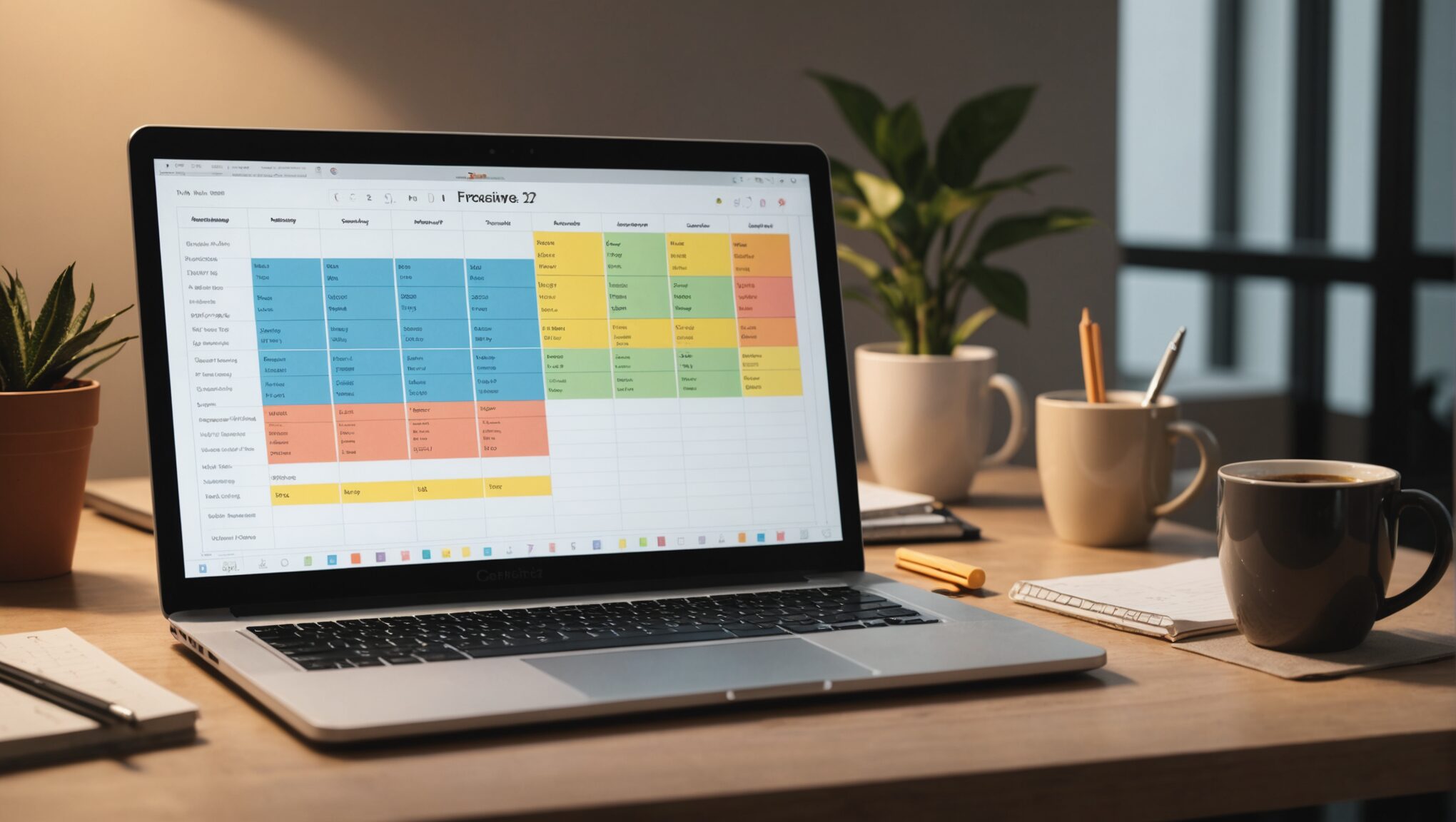A website redesign can transform your online presence, but understanding the costs involved is key to making informed decisions. This article breaks down the factors that influence website redesign costs, helping you plan and budget effectively.
Key Cost Factors in Website Redesign
Several elements contribute to the overall cost of a website redesign:
- Design complexity
- Technical requirements
- Content creation and migration
- Testing and post-launch maintenance
Each factor plays a role in determining the final price tag of your project.
Design Complexity and Scope
The complexity of your desired design significantly impacts the cost:
- Simple redesigns: Updating colors, fonts, and minor layout changes
- Moderate redesigns: New page layouts, improved navigation, and enhanced user experience
- Complex redesigns: Custom animations, interactive elements, and unique features
The more intricate your design requirements, the higher the cost.
Scope Considerations
The scope of your redesign project also affects the price:
- Number of pages to redesign
- Creation of new sections or features
- Integration with existing systems
A larger scope typically results in higher costs due to increased design and development time.
Development and Technical Requirements
Technical aspects of your redesign can significantly impact the overall cost:
- Content Management System (CMS): Choosing between open-source platforms like WordPress or custom-built solutions
- E-commerce functionality: Adding online shopping capabilities
- Responsive design: Ensuring your site works well on all devices
- Third-party integrations: Connecting with APIs, payment gateways, or other external services
More complex technical requirements often lead to higher development costs.
Backend Development
Backend development can be a major cost factor:
- Database design and optimization
- Server-side scripting
- Security implementations
These elements are essential for creating a robust, secure website but can add to the overall project cost.
Content Creation and Migration
Content plays a key role in website redesigns and affects costs in several ways:
- Content creation: Writing new copy, creating images, and producing videos
- Content migration: Transferring existing content to the new site structure
- SEO optimization: Ensuring content is search engine friendly
Quality content creation and proper migration are time-consuming processes that impact the overall cost.
Content Strategy
Developing a content strategy is an often overlooked but important aspect:
- Identifying target audience and goals
- Planning content structure and hierarchy
- Creating a content calendar for ongoing updates
A well-planned content strategy can improve the effectiveness of your redesign but may increase initial costs.
Testing and Quality Assurance
Thorough testing is essential for a successful website redesign. It helps identify and fix issues before launch, improving user experience and site performance.
Types of Testing
- Functionality testing: Ensuring all features work as intended
- Compatibility testing: Checking performance across different browsers and devices
- Performance testing: Evaluating site speed and responsiveness
- Security testing: Identifying potential vulnerabilities
The extent of testing required depends on your site’s complexity and can impact overall costs.
User Acceptance Testing (UAT)
UAT involves real users testing the redesigned website to ensure it meets their needs and expectations. This process can reveal issues not caught in earlier testing phases but may extend the project timeline.
Post-Launch Maintenance and Support
Website maintenance is an ongoing process that continues after the redesign launch. Regular updates and support are necessary to keep your site running smoothly and securely.
Maintenance Tasks
- Regular software updates
- Security patches
- Content updates
- Performance optimization
Consider ongoing maintenance costs when budgeting for your redesign project. Many agencies offer maintenance packages that can be more cost-effective than handling updates in-house.
Choosing the Right Redesign Partner
Selecting the right agency or freelancer for your redesign project can significantly impact both cost and quality. Consider these factors when making your decision:
- Experience: Look for partners with a proven track record in your industry
- Portfolio: Review past projects to ensure their style aligns with your vision
- References: Speak with previous clients to gauge satisfaction levels
- Communication: Ensure clear, open lines of communication throughout the project
While cost is important, choosing based solely on price may lead to subpar results. Balance quality and affordability for the best outcome.
In-House vs. Outsourced Redesign
Deciding between an in-house redesign and hiring an external agency depends on various factors:
| In-House | Outsourced |
|---|---|
| Greater control over the process | Access to specialized expertise |
| Potential cost savings for larger organizations | Faster turnaround times |
| Familiarity with brand and internal processes | Fresh perspective and innovative ideas |
Evaluate your team’s skills and resources to determine the most cost-effective approach for your redesign project.
In Summary
A website redesign is a significant investment that can greatly improve your online presence. By understanding the key cost factors and planning accordingly, you can ensure a successful redesign within your budget.
Key Takeaways
- Consider all aspects of the redesign process, from initial planning to post-launch maintenance
- Balance design complexity with your budget and business needs
- Invest in quality testing to ensure a smooth user experience
- Choose the right redesign partner based on experience, portfolio, and communication
Remember that a well-executed redesign can lead to improved user engagement, higher conversion rates, and ultimately, a better return on investment for your business.

